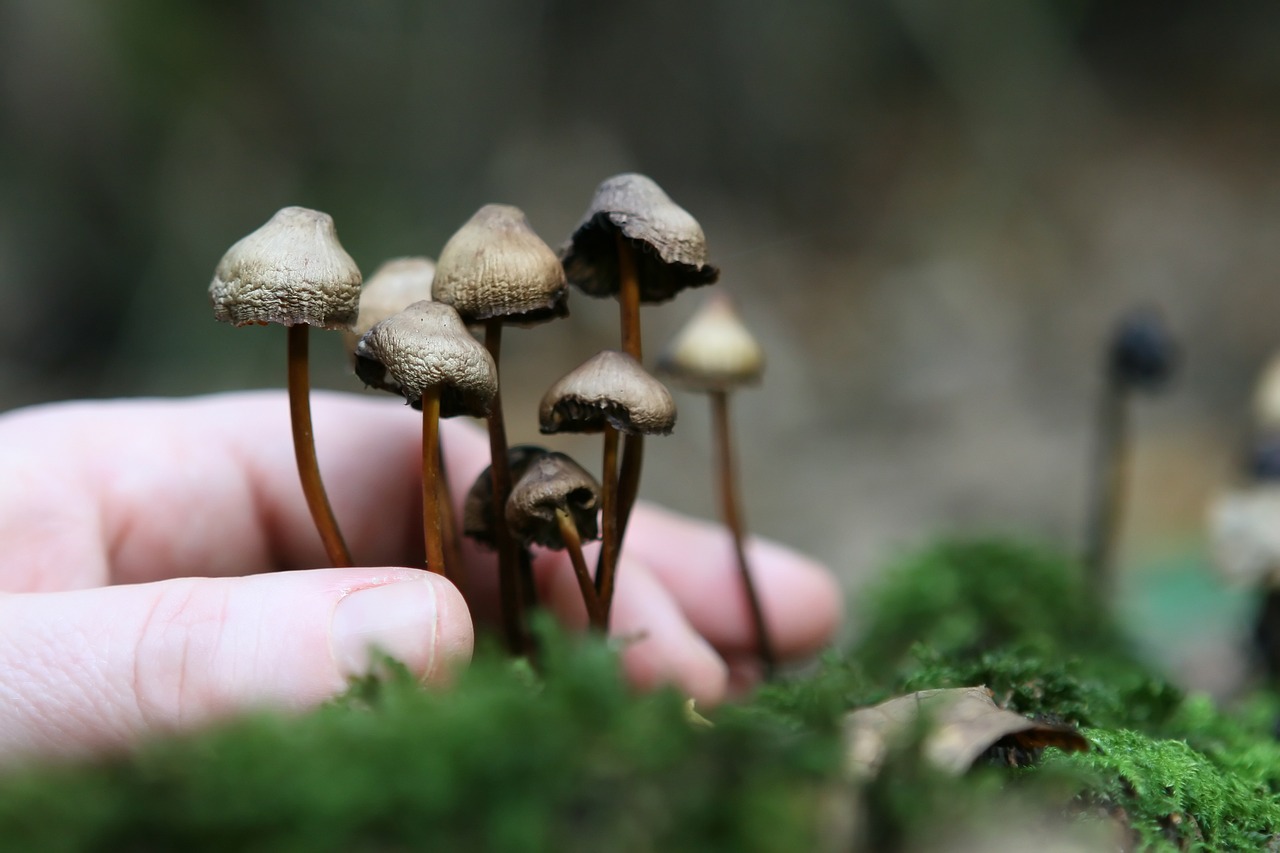Demystifying Mycelium
Mycelium, the root-like structure of fungi, operates as the digestive system for mushrooms. It hunts for nutrients, converts them into a digestible form for the fungus, and thereby nourishes the fungus. The residue of this process enriches the adjacent soil, supplying crucial nutrients for other plants and forming a nutrient-packed biomass which is excellent for garden mulching.
Beyond their part in mushroom development, mycelium networks are crucial to the well-being and growth of numerous land plants, including trees. For instance, tree roots form a mutualistic relationship with fungi: the tree provides the fungus with carbon in the form of sugars, and reciprocally, the fungus gives the tree essential minerals like nitrogen and phosphorus. Learn more about this relationship here.
Fascinatingly, mycelium networks act as a kind of subterranean communication network among plants, akin to the neural networks in our brains. Modern scientific studies suggest that plants and trees might have basic nervous systems that fungi may potentially influence, impacting processes like communication, memory, and learning. Moreover, mycelium contributes to soil health by decomposing decaying organic matter and detoxifying any present pollutants.
If you’re contemplating growing magic mushrooms, understanding the progression of mycelium is key. Although the cultivation process might be daunting for novices, acquiring knowledge about mycelium is an essential first step. Even though buying mushrooms from Magic Mushrooms Quebec Canada online is always an alternative, learning about mycelium can enrich your cultivation journey.
Mycelium Growth Cycle
When fungal spores find a growth-favorable environment, they trigger the formation of two kinds of mycelium. The first type, referred to as primary or monokaryotic mycelium, is distinguished by having a single nucleus in each cell. This form of mycelium is generally invisible to the naked eye. The second type, termed secondary or dikaryotic mycelium, is visible and houses two nuclei in each cell.
When fungal spores start to germinate, they form an initial or primary mycelium known as the monokaryotic mycelium. Upon encountering another compatible monokaryotic mycelium, they can fuse to create the second stage referred to as the dikaryotic mycelium. This dikaryotic mycelium is capable of generating mushrooms or sclerotia.
Mycelium Classifications
Mycelia can be classified into three types, two of which signify successful cultivation.
- Rhizomorphic mycelia spread out like strings. Identifiable and made up of hyphae units, these mycelia form a network of grouped hyphae known as rhizomorphs. Initially, rhizomorphic mycelia expand, then send chemical signals back to the colony to suggest that the area ahead is nutrient-rich. The rest of the mycelia then follow. At the forefront of the rhizomorphic mycelia, hyphae secrete peroxidase that breaks down the food material in the front. The hyphae then move over this material, distributing nutrients throughout the colony. Owing to the increased chances of mushroom production as the Rhizomorphic mycelia sprout from the substrate, many cultivators prefer this type of mycelia.
- Tomentose, or “Fluffy” mycelia, bear many similarities to Rhizomorphic mycelia. Yet, the characteristic arrangement of the fluffy mycelia strands is unique. Although these strands might not be immediately visible, they are present and bunched together, giving a cotton-ball-like appearance. The growing environment largely influences the development of your mycelia into tomentose or rhizomorphic traits. Among cultivators, there’s an ongoing debate about whether the mycelia type affects the growth rate or yield size.
- Aerial mycelia emerge when the growth conditions are less than ideal. In such situations, the mycelia tend to grow outward rather than spreading across the medium or forming a ball. This mycelia type is often wrongly identified as a bacterial infection and can obstruct your mushroom cultivation, leading to smaller, weaker mushrooms. Aerial mycelia usually appear due to inadequate fresh air exchange and excessive humidity.
Is it Mould or Mycelium?
It is vital to distinguish between mould and mycelium. If green, blue, grey, or black patches appear on or in your fruiting box, it is likely contaminated. Discolouration is the primary indicator. Nevertheless, blue spots could simply be bruises.
Cobweb moulds are generally quite noticeable. Instead of the bright
The Mycelium is usually characterized by its greyish-white color and a unique, fluffy, string-like texture. Although cobweb molds and green molds do not pose a threat to human health, they can detrimentally impact the health of your mushrooms.
Welcome to Magic Mushrooms Quebec Canada, Your Trusted Guide for Mushroom Information
Whenever you think about psychedelic mushrooms in Canada, remember Magic Mushrooms Quebec Canada. We are committed to providing you with insightful information to ensure your mushroom experiences are both safe and enjoyable.





